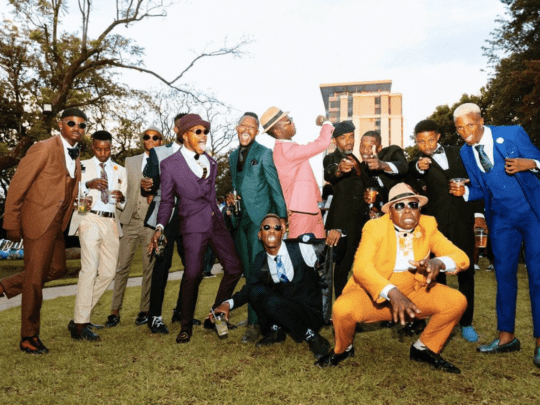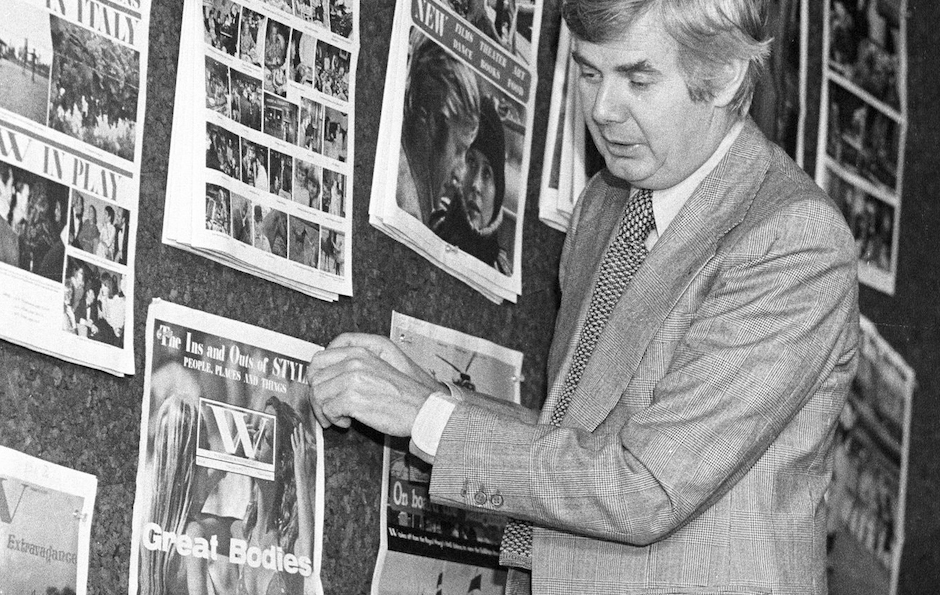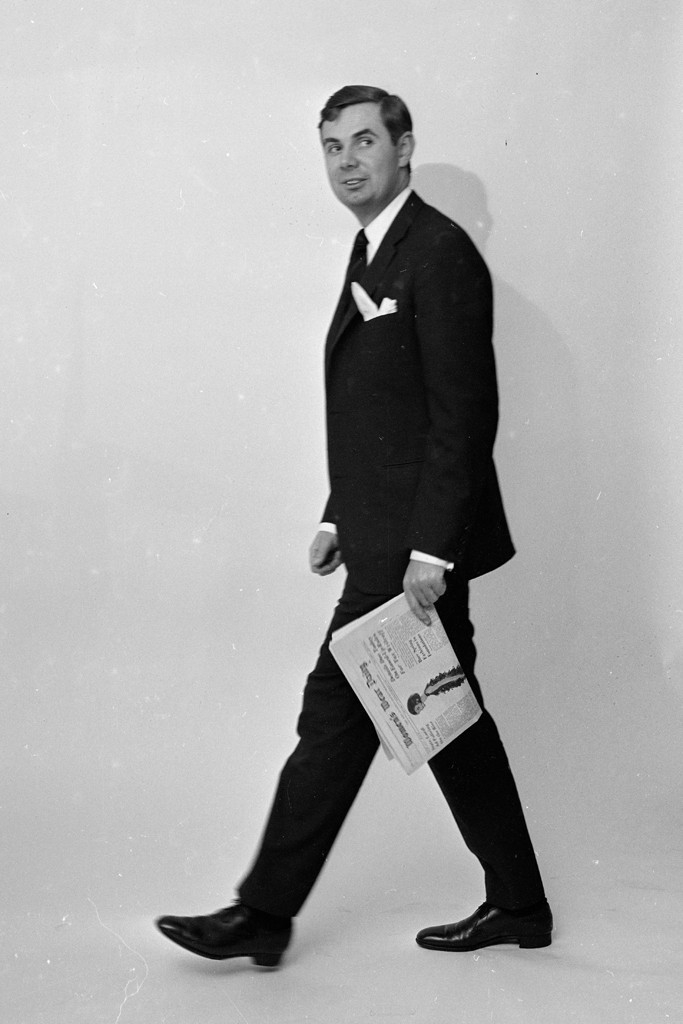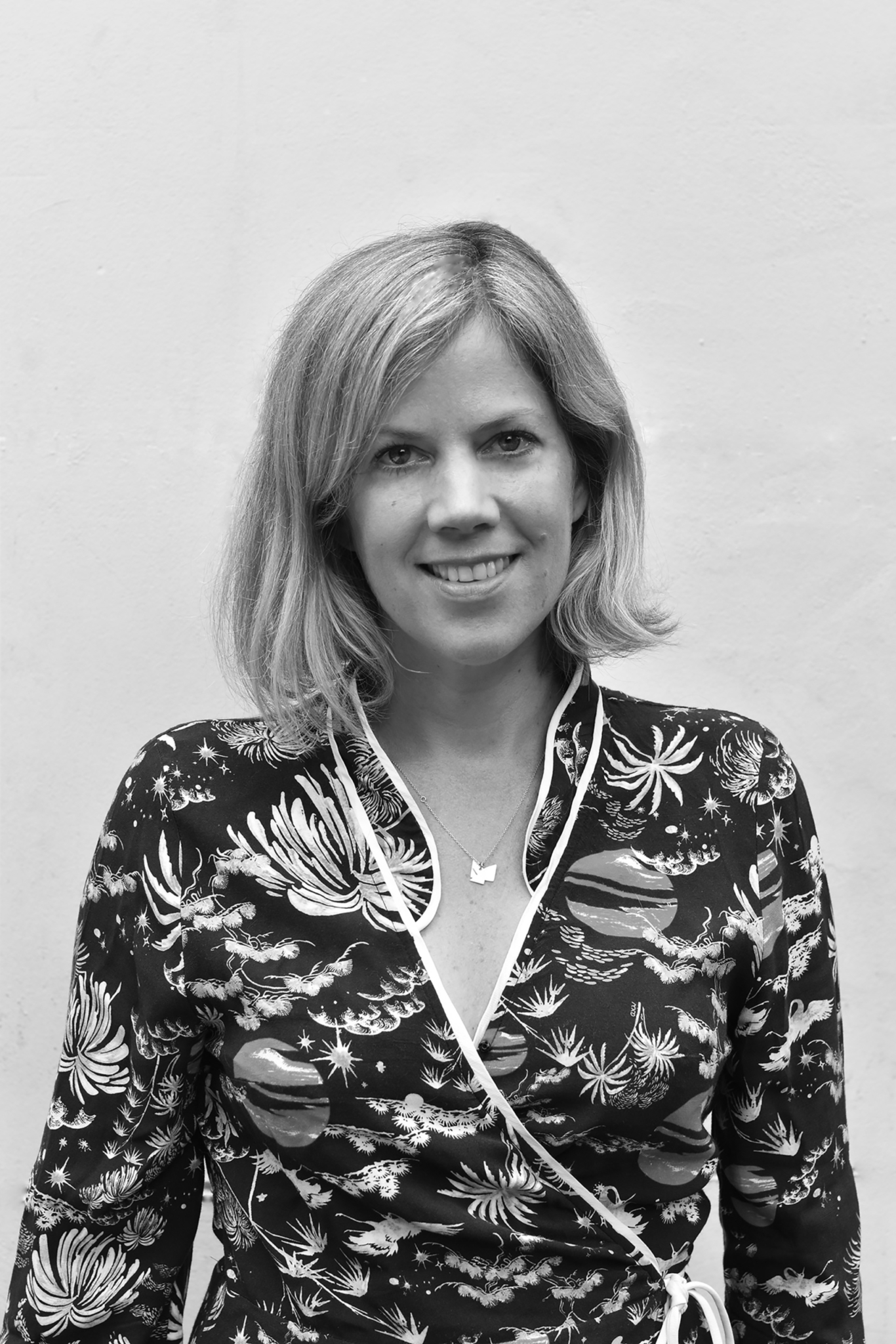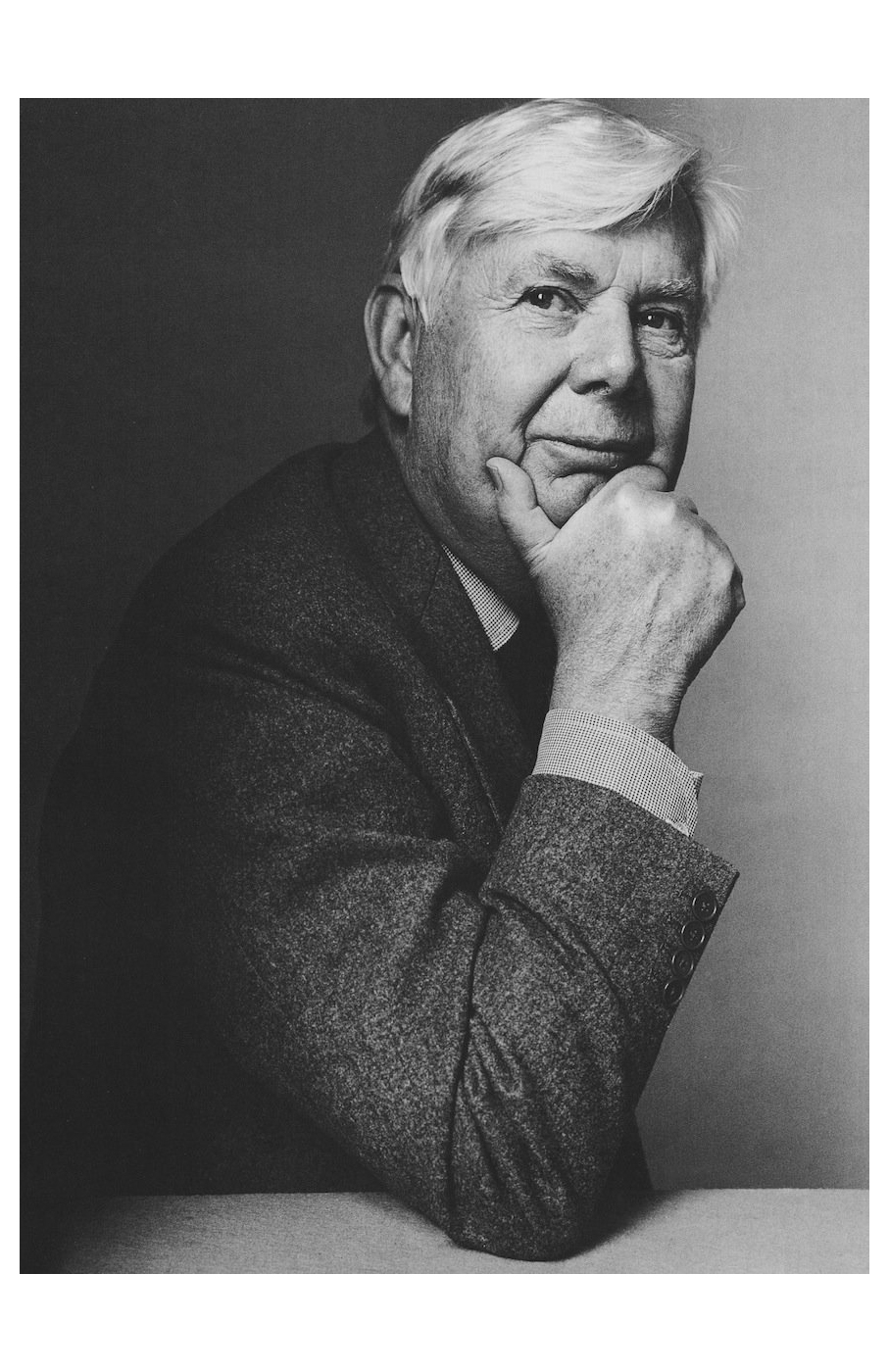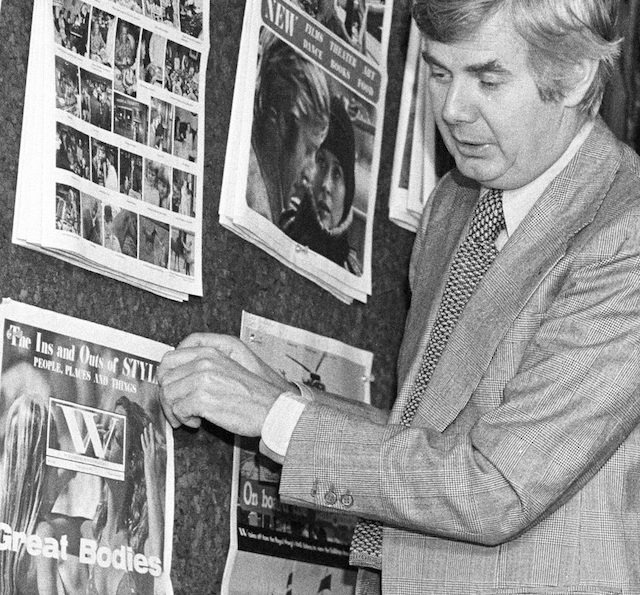Last year, the founder of Fashionunfiltered.com got herself a great new job. Katharine Zarrella landed the plum role of fashion editor on the Off Duty section of The Wall Street Journal. Much as we’ve missed her, we knew it was only a matter of time before Katharine, an exceptional fashion writer and journalist, moved on.
It’s fascinating that she has gone into business media. Some of the best fashion journalism of recent years has been published in the financial press, from the Wall Street Journal (which hired Tina Gaudoin in 2008 to launch its WSJ. Magazine) to the Financial Times (its former editor, Vanessa Friedman, was poached to become fashion director and chief fashion critic of The New York Times).
These titles are read by people who can actually afford designer clothes, so they’ve long been important media for fashion PRs to court. Something else is happening: there’s a growing and widespread interest in the business of fashion – from the luxury conglomerates’ latest acquisitions to the influencers’ advertising deals, from the industry’s increasingly urgent focus on sustainable issues to the shifts in global sourcing patterns.
What’s more, the fashion business media, led by a new generation of B2B titles, are now banging the drum effectively for change in an industry that, as insiders well know, can be surprisingly resistant to innovation. From diversity to sustainability, fashion business journalists are behaving more like traditional journalists and asking awkward questions. A golden age of fashion business media is upon us.
This huge interest is a 21st century phenomenon, fuelled by the internet. On the B2B media front, WWD used to have a clear run of things in the latter half of the 20th century. Most countries had a trade paper, such as Drapers in the UK or TextilWirtschaft in Germany, but their readerships outside their own countries were miniscule.
Back in the 1980s, I started my own career on a short-lived London-based trade title called Fashion Weekly, working with Roy Kent and Eric Musgrave. We sought to make the business of fashion more exciting. We added a gossip column, hyped news stories with splash headlines, and spent money on expensive fashion shoots. I travelled widely, including many unlikely fashion destinations (Karachi, Pakistan and Thessaloniki, Greece, come to mind), learning step by step as much as I could. Our icon – my icon – was WWD, the once fusty American trade title that had been transformed by John Fairchild in the 1960s and 70s into a captivating mix of hard news, nonstop scoops, gossip and excellent analysis.

